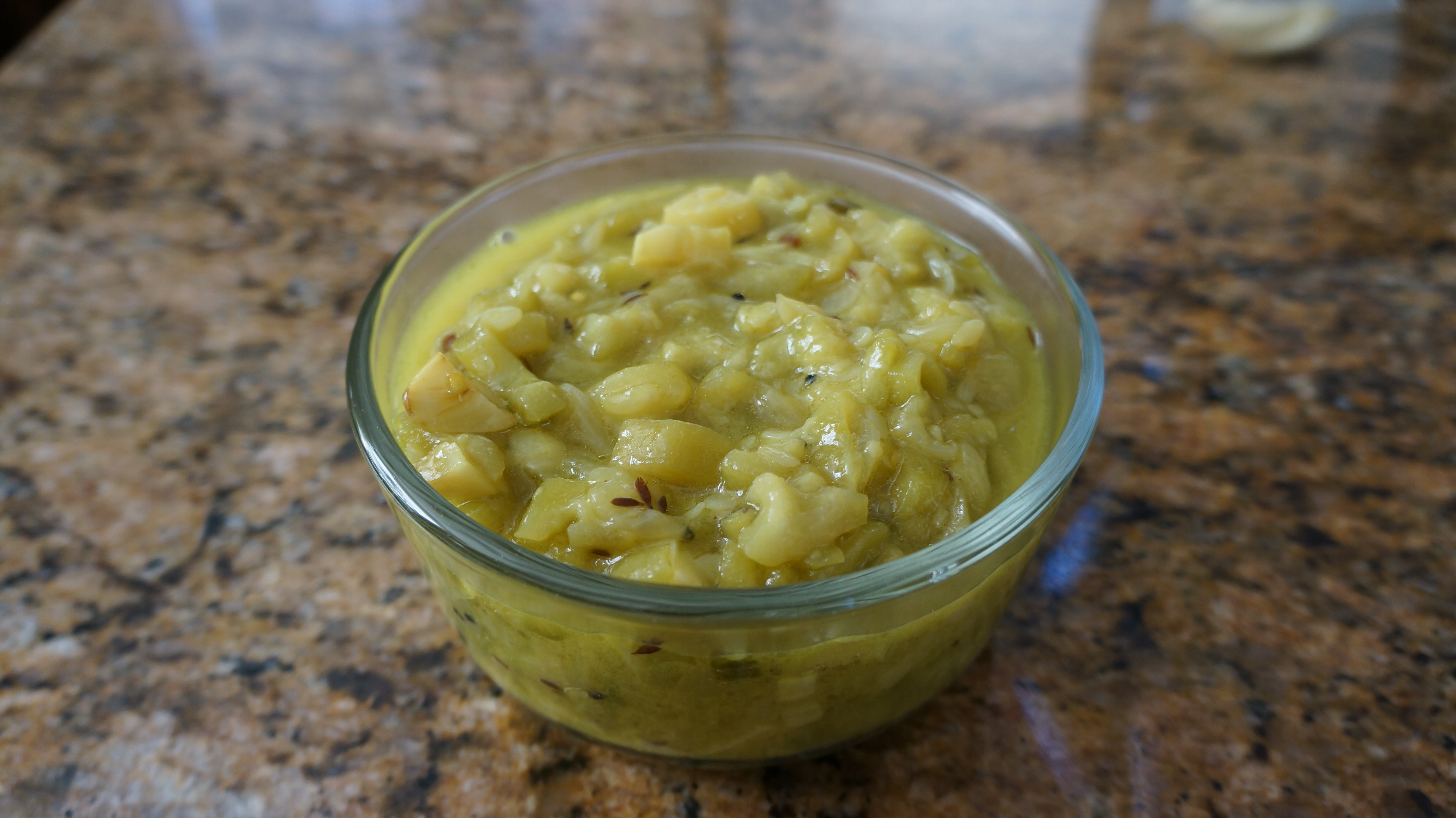

In addition, okra nutrition contains some:

0.1 milligrams vitamin B6 (7 percent DV).0.2 milligrams manganese (12 percent DV).

13 milligrams vitamin C (22 percent DV).32 micrograms vitamin K (40 percent DV).Studies show that okra seeds are especially rich in protective compounds, including:Ī half cup (about 80 grams) of cooked okra nutrition contains approximately: Additionally, it’s abundant in several other vitamins and minerals, including thiamine, riboflavin/ vitamin B2 and zinc.
#CHINESE OKRA FREE#
Known as a high- antioxidant food, it can fight free radical damage and support improvements in cardiovascular and coronary heart disease, type 2 diabetes, digestive diseases, and even some cancers. Nearly 10 percent of the recommended levels of vitamin B6 and folic acid are also present in a half cup of cooked okra. It’s a high-fiber food, for starters: Nearly half of its nutrition is a soluble fiber in the form of gums and pectins. Is okra a superfood? While it might not be as nutrient-dense as veggies such as spinach and kale, it’s packed with some valuable nutrients. It was being grown as far north as Philadelphia since the mid-1700s. While records of okra during early American colonial times are lacking, it must have been common among French colonists. People have been growing okra in the U.S. Okra was apparently discovered in the Abyssinian center of origin of cultivated plants, an area that includes present-day Ethiopia, the mountainous or plateau portion of Eritrea, and the eastern, higher part of the Anglo-Egyptian Sudan. This gooey aspect of the pods actually provides some really incredible benefits, especially those related to prevention of diabetes (more on that later). That mucilage or “slime” inside of the pods consists of exopolysacharrides and glycoproteins. The inside of pods contain oval, dark-colored seeds and a good amount of mucilage, which is a gelatinous substance that makes it a great addition to recipes that you want to thicken. The only parts of the plant that is eaten are the unripe pods or fruit. Is okra a fruit or vegetable? It’s technically a fruit because it contains seeds, but it’s most commonly considered a vegetable, especially when it comes to culinary uses. This plant is native native to Africa and the tropics of the Eastern Hemisphere. Okra ( Abelmoschus esculentus) is a hairy plant that belongs to the mallow family ( Malvaceae). Let’s start off with the most basic question: What is okra?

No matter how you enjoy it most, it’s a good source of fiber, B vitamins, magnesium, folate and more. Okra has many interesting uses and is known to be an economically important vegetable crop because its fresh leaves, buds, flowers, pods, stems and seeds all have value. It can be used in salads, stews, fresh or dried, and fried or boiled. The plant itself resembles the cotton plant, but it has much larger and rougher leaves and a thicker stem. The whole plant has an aromatic smell resembling that of cloves. When we think of okra we usually think of Southern cooking, including cajun and creole cuisine, but did you know that this veggie also has numerous nutrition benefits too?Ĭonsidered an edible ornamental flowering hibiscus, okra is an annual, erect herb with stems that contain stiff hairs. Okra, both a common pod vegetable and nightshade vegetable (but it’s actually a fruit!), is also called “gumbo” in the U.S.


 0 kommentar(er)
0 kommentar(er)
